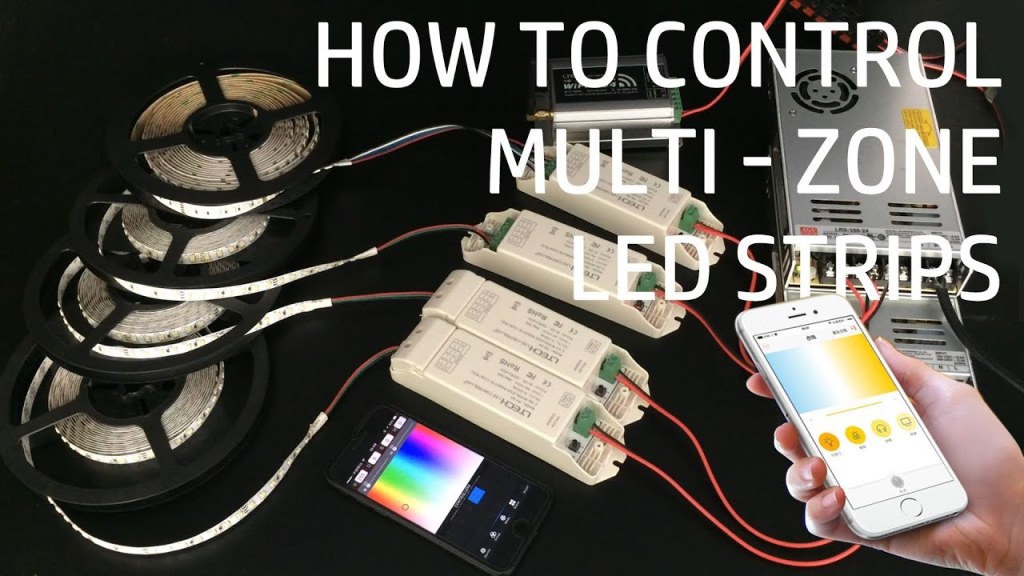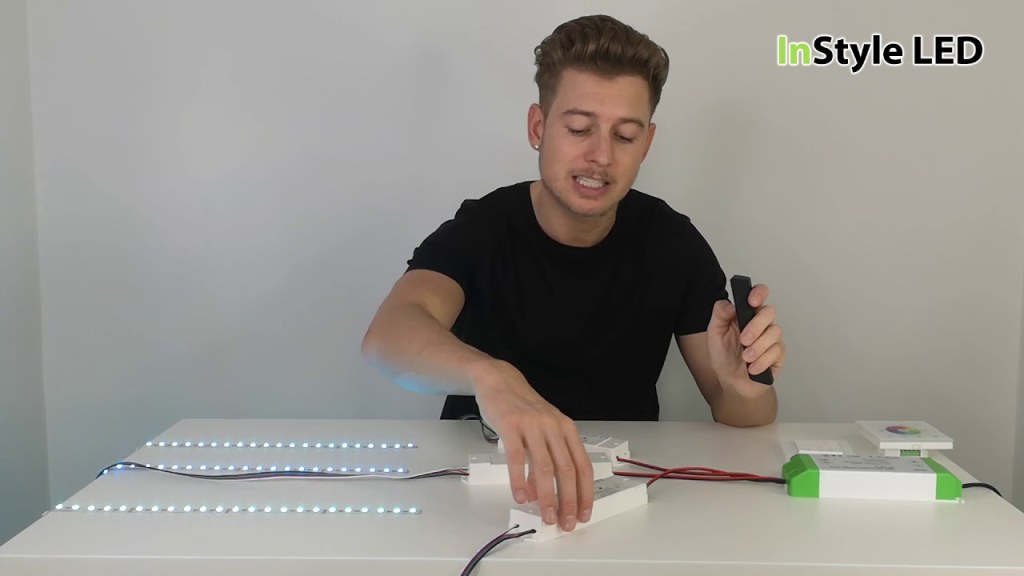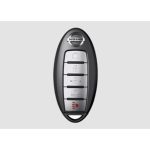Ultimate Guide: Connect Multiple LED Strip Lights To One Remote Effortlessly And Enhance Your Lighting Experience!
How to Connect Multiple LED Strip Lights to One Remote
Introduction
Hello, Remote enthusiasts! Are you looking to elevate the ambiance of your space with multiple LED strip lights? Connecting multiple LED strip lights to one remote can be a bit tricky, but fear not – we’re here to guide you through the process. In this article, we will provide you with a step-by-step guide on how to connect multiple LED strip lights to one remote, ensuring that you can easily control and customize the lighting in your home or office. Let’s dive in!
What is LED Strip Lights?
LED strip lights, also known as LED tape lights, are a versatile lighting option that can be used to add a touch of ambiance and style to any space. These flexible strips feature small LED bulbs that emit bright, colorful light. LED strip lights are commonly used in interior design, architectural lighting, and DIY projects, allowing users to create stunning lighting effects and transform their spaces.
2 Picture Gallery: Ultimate Guide: Connect Multiple LED Strip Lights To One Remote Effortlessly And Enhance Your Lighting Experience!


Who Can Benefit from Connecting Multiple LED Strip Lights to One Remote?
Connecting multiple LED strip lights to one remote is beneficial for various individuals and settings. Homeowners who want to create a cohesive lighting theme throughout their living spaces can benefit from this setup. Additionally, event planners, business owners, and DIY enthusiasts can use this technique to add a unique touch to their projects. Whether you’re looking to highlight specific areas, create a dynamic lighting display, or simply enhance the ambiance, connecting multiple LED strip lights to one remote is the way to go.
When Should You Consider Connecting Multiple LED Strip Lights to One Remote?
There are several situations where connecting multiple LED strip lights to one remote is advantageous. For instance, if you have different lighting zones in your room or want to control the lights in different areas separately, using one remote simplifies the process. Additionally, if you’re hosting an event or celebration and want to create a vibrant atmosphere, connecting multiple LED strip lights allows for easy customization and control. Furthermore, if you’re a business owner looking to attract attention or highlight specific products or areas, this setup can be a game-changer.
Where Can You Connect Multiple LED Strip Lights to One Remote?

Image Source: ytimg.com
The beauty of connecting multiple LED strip lights to one remote lies in its versatility. These lights can be installed in various locations, such as living rooms, bedrooms, kitchens, bars, restaurants, and even outdoor areas. You can let your creativity run wild and experiment with different placements to achieve the desired effect. Whether you’re lighting up your home, office, or commercial space, this setup offers endless possibilities.
Why Connect Multiple LED Strip Lights to One Remote?
Connecting multiple LED strip lights to one remote offers several advantages. Firstly, it simplifies the lighting control process by providing a centralized remote for all connected lights. Instead of managing individual remotes or switches, you can easily adjust the brightness, color, and effects of all the lights simultaneously. This setup also ensures uniformity in lighting, creating a cohesive and visually appealing environment. Additionally, it saves time and effort compared to operating each light separately. With just a few clicks, you can transform the mood of your space.
How to Connect Multiple LED Strip Lights to One Remote
Now that we understand the benefits and possibilities of connecting multiple LED strip lights to one remote, let’s delve into the step-by-step process. Remember to follow these instructions carefully to ensure a seamless setup:
Step 1: Gather the necessary materials – LED strip lights, remote controller, power supply, connectors, and extension cables.
Step 2: Plan the layout – Determine where you want to install the LED strip lights and measure the required length. Consider the power source and accessibility for the remote receiver.
Step 3: Install the LED strip lights – Clean the installation surface, attach the strips using adhesive backing, and connect the strips using connectors and extension cables as needed.
Step 4: Connect the power supply – Plug the power supply into a socket and connect it to the LED strip lights. Ensure that the voltage and current ratings match.
Step 5: Pair the remote controller – Follow the manufacturer’s instructions to pair the remote controller with the LED strip lights. This usually involves pressing specific buttons or using a pairing mode.
Step 6: Test and customize – Turn on the lights and use the remote controller to test the functionality. Adjust the brightness, color, and effects to your liking.
Step 7: Enjoy your connected LED strip lights – Sit back, relax, and bask in the vibrant glow of your customized lighting setup!

Image Source: ytimg.com
Advantages and Disadvantages of Connecting Multiple LED Strip Lights to One Remote
Like any setup, connecting multiple LED strip lights to one remote has its pros and cons. Let’s explore them in detail:
Advantages:
1. Simplified control – One remote to rule them all! Managing multiple lights becomes effortless with a centralized control system.
2. Customization – Easily adjust brightness, color, and effects for all connected lights simultaneously, allowing for personalized lighting setups.
3. Uniformity – Achieve a cohesive lighting theme throughout your space, ensuring a visually appealing environment.
4. Time and energy-saving – Control all lights with just a few clicks, eliminating the need to manage each light separately.
5. Flexibility – Experiment with different lighting configurations and easily change the atmosphere according to your preferences or needs.
Disadvantages:
1. Initial setup complexity – Setting up multiple LED strip lights and ensuring proper connectivity can be challenging for beginners.
2. Cost – The cost of purchasing multiple LED strip lights, power supplies, connectors, and extension cables can add up.
3. Remote range limitations – Depending on the remote’s range, you may experience limited control distance for all connected lights.
4. Potential compatibility issues – Different LED strip lights and remotes may not be compatible with each other, requiring additional research or purchases.
5. Power supply limitations – Ensure that the power supply can handle the combined wattage of all connected LED strip lights.
Frequently Asked Questions (FAQ)
1. Can I connect LED strip lights of different lengths to one remote?
Yes, you can connect LED strip lights of different lengths to one remote. However, ensure that the power supply can handle the combined wattage of all the lights and account for any voltage drop over longer distances.
2. Can I use one remote to control LED strip lights in different rooms?
No, LED strip lights typically operate on a line-of-sight basis, meaning the remote needs to be within range of the lights to control them. Separate remotes or controllers are required for lights in different rooms.
3. How do I extend the length of LED strip lights?
To extend the length of LED strip lights, use extension cables or connectors specifically designed for LED strip lights. Cut the strip at the designated cutting mark, attach the extension cable, and secure the connection.
4. Can I connect RGB and single-color LED strip lights together?
Yes, you can connect RGB and single-color LED strip lights together. However, ensure that the power supply and controller are compatible with both types of lights.
5. Can I connect LED strip lights to a smart home system?
Yes, you can connect LED strip lights to a smart home system if the lights and controller are compatible with the system. Consult the manufacturer’s guidelines or seek professional assistance for seamless integration.
Conclusion
Connecting multiple LED strip lights to one remote provides a convenient and customizable lighting solution for various settings. By following the step-by-step instructions outlined in this article, you can achieve a visually stunning and harmonious lighting setup in your home, office, or commercial space. Remember to consider the advantages, disadvantages, and frequently asked questions to ensure a successful and enjoyable lighting experience. So go ahead, unleash your creativity, and transform your space with mesmerizing LED strip lights!
Final Remarks
Disclaimer: The information provided in this article is for educational purposes only. Always refer to the manufacturer’s guidelines and instructions when installing and connecting LED strip lights. Ensure proper electrical safety measures are followed, and if uncertain, consult a qualified professional.
This post topic: Remote


